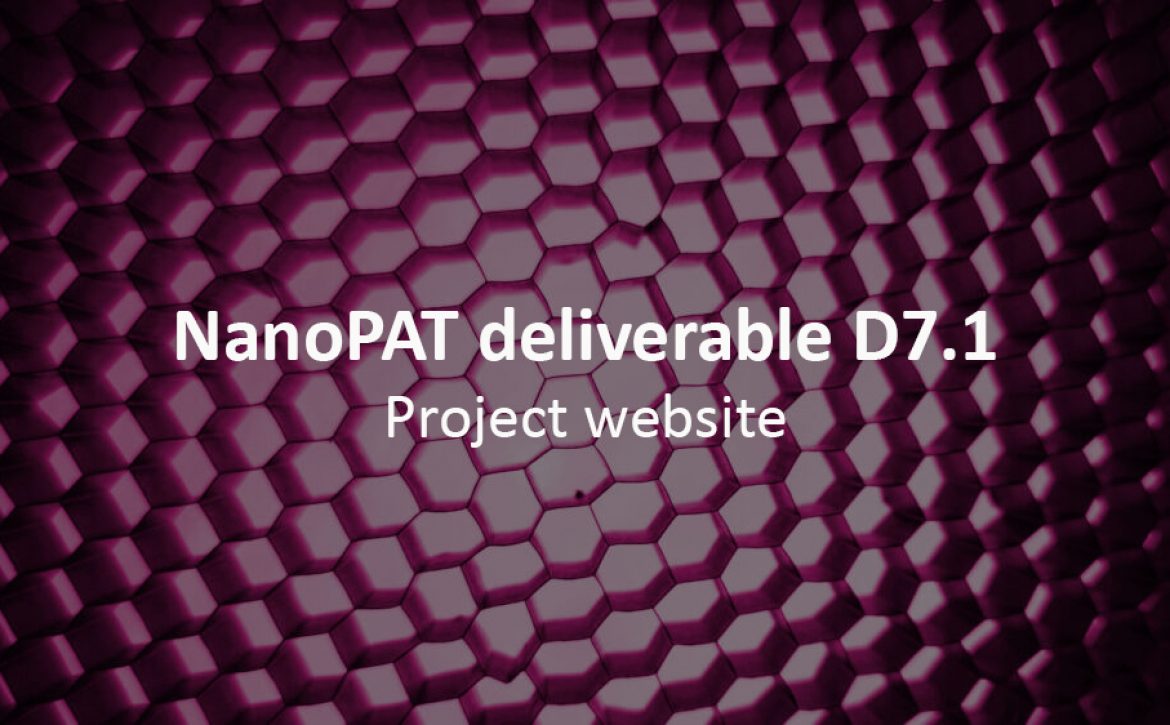NanoPAT deliverable D7.1
Project website
The NanoPAT deliverable “D7.1 – Public project website online” is now available to view online. The report is available under the Creative Commons Attribution 4.0 International Licence (CC BY 4.0).
This deliverable is part of the work package 7 (WP7) – Knowledge Transfer and Dissemination.
The project partner BNN was responsible for developing the project website.
This document presents the project website and the logo that have been developed. The project website will be one of the main channels for communication and dissemination of project objectives, activities and outcomes. Therefore, it will be regularly updated to provide continuous information about the project to both the Commission, scientific and industrial communities, and the general public.





